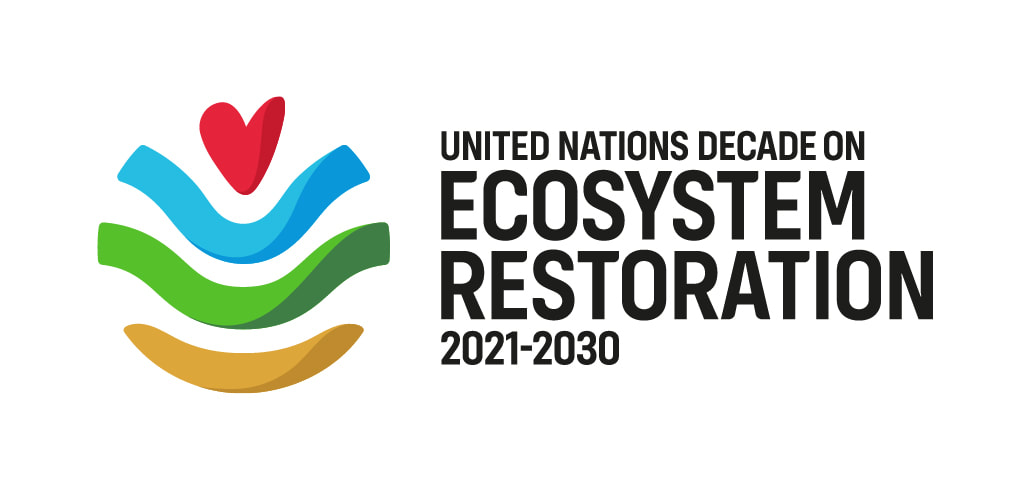AUSTRALIA'S BLUEPRINT FOR THRIVING LANDSCAPES
Your browser does not support viewing this document. Click here to download the document.
| 2020-09-09_australias_blueprint_for_thriving_landscapes__briefing_paper___web_.pdf | |
| File Size: | 11093 kb |
| File Type: | |
Co-authored by Alexander Jorgensen-Hull, Liana Di Stefano, Peter Andrews OAM, Peter Dowson and Beatrice Ludwig
OPEN LETTER TO THE AUSTRALIAN GOVERNMENT
Your browser does not support viewing this document. Click here to download the document.
| 2022-09-09_letter_from_tals_institute_to_the_hon_albanese_mp_prime_minister.pdf | |
| File Size: | 134 kb |
| File Type: | |
Edited by Alexander Jorgensen-Hull, Peter Dowson and Beatrice Ludwig
IMAGINE... LEADING THE WORLD
IN CLIMATE RECOVERY
"Australia's landscape managers could lead the world in climate recovery,
by following the blueprint available to us all, embedded in the Australian landscape."
~ Peter Andrews OAM, Chair, TALS Institute
A Shared Vision for Restoring Australia - A Mission We Are Undertaking Together
By working together with communities and following the blueprint of the Australian landscape, we will have restored Australia by 2030. We will have achieved maximum productivity, biodiversity and a moderated climate.
By working together with communities and following the blueprint of the Australian landscape, we will have restored Australia by 2030. We will have achieved maximum productivity, biodiversity and a moderated climate.
We support...
|
Scaling & Export
Growing the network of TALS affiliates. Exporting the principles of TALS and the TALS Approach. |
READING THE AUSTRALIAN LANDSCAPE
WITH PETER ANDREWS OAM
|
Peter Andrews OAM is reading the Australian landscape and explains what is occurring at 'Peter's Pond', Mulloon Creek, 17 Jan 2011.
Would you like to learn more about how to read the Australian landscape? Why not join us for one of our events. |
Filming by Paul Cockram, Artplan Videographics
|
SUPPORTED BY RIGOROUS SCIENCE
|
You can watch the full episode here.
|
Peter Andrews OAM first developed Natural Sequence Farming, a TALS Approach, at Tarwyn Park in Bylong Valley NSW. Peter's methods have been described by the United Nations as 1 of only 5 methods of sustainable agriculture in the world! Video: Watch the five minutes extract of of the popular ABC Australian episode 'Of Droughts and Flooding Rains' of June 2005 featuring Peter Andrews OAM, Gerry Harvey and some of the world's top scientists, including Prof David Goldney, Land Ecologist, and Dr John Williams, former Head, CSIRO, Land and Water. |
|
Prof David Goldney, Landscape Ecologist “Here [at Baramul Stud], in 18 months, you are seeing soil made on top of sand by a very simple process, and the organic layer is quite significant - that black layer that starts to form. "I think it’s the most significant contribution to landscape restoration that I’ve seen in Australia. ... “It all comes together in this very simple process that he has invented in a sense what was always there in the Australian landscape. "I think Peter is a near genius. He’s a simple farmer who’s understood science better than most scientists, if not all scientists, and they come somewhat grudgingly to learn at his feet.” |
Dr John Williams, Former Head, CSIRO, Land & Water
“Peter can see changes in gradients and actually understand the previous stream structure. He is actually a very very good geomorphologist.” |
|
|
Prof Richard Bush, University of Newcastle “Peter has some theories that really challenge existing theories on how streams and landscapes function. We’ve spoken to landholders upstream and downstream, and they are seeing results and virtually beating on the door to get involved in some way from the top of the valley right to the bottom of the valley. "What’s interesting here, he’s trying to raise the groundwater, and elsewhere in Australia, the message is to lower the groundwater, because of salinity, but the results are startling.” |





